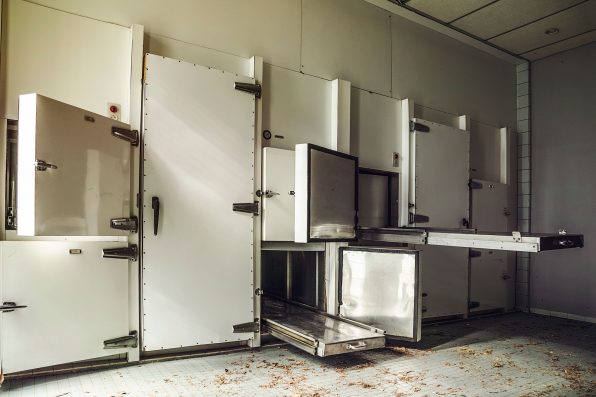Two Men Turned To Murder, Taking The Lives Of About 16 People From 1827 To 1828, So They Could Earn Money By Selling The Bodies Of The Deceased To Medical Schools For Science

Can you imagine finding out that one of your loved ones was killed not because of vengeance or because they did something wrong but because their body was needed for science?
Edinburgh, Scotland, became a major city for studying medicine in the 1800s, and to advance everyone’s knowledge, medical teachers and doctors needed cadavers for anatomical studies.
However, due to the Judgement of Death Act 1823, fewer people were being put to death by the law, which was a good thing for average citizens but not for aspiring doctors, as they were only allowed to study and dissect the bodies of those who had been condemned to death.
With this sudden need for dead bodies, medical schools began paying people who brought in bodies that could be used for educational purposes. Thus began an intense series of grave robberies, where people would sneakily dig up freshly buried bodies and sell them.
Once grave robbing became a trend, people began getting more and more desperate for bodies to sell, so they turned to murder to hasten the process.
Two of the most famous murderers related to this issue were William Burke and William Hare, whose murders between 1827 and 1828 earned them a solid hunk of money from medical schools.
Burke and Hare traveled from Ireland to Scotland to find work and found themselves in Edinburgh. Before the two friends became a criminal duo, Burke lived with his mistress, Helen McDougal, and Hare ran a boarding house with a widow named Margaret Laird.
In 1827, one of Hare’s elderly tenants, a man referred to as ‘Old Donald,’ died naturally while staying in his inn. The problem was that Old Donald still owed Hare money for his room.
Given that times were hard and they needed money, Burke and Hare used tanning bark to weigh down Old Donald’s burial coffin and took his body to the medical school at Edinburgh University, where they were paid seven pounds and ten shillings.

Felix Pergande – stock.adobe.com – illustrative purposes only
Realizing just how quickly and easily they were able to get paid for bodies, Burke and Hare then set out on a murdering spree to bring more bodies to the medical school.
They started with more sick and elderly tenants who visited or stayed in Hare’s boarding house, then moved on to lure in innocent civilians from the poorest neighborhoods, often suffocating them so there was minimal damage to their bodies, something the medical school preferred.
It is estimated Burke and Hare murdered and sold around 16 bodies, making at least seven to ten pounds a piece each time.
However, Burke and Hare became a little too greedy and began bringing bodies of people recognized by some medical students. Not only did they get sloppy with their crimes, but they also started turning against each other in greed and argued about their payments and cuts.
In 1828, a couple staying at Burke’s boarding house called the police when they discovered a murdered woman in one of the spare rooms. Burke, Hare, and their two mistresses, Helen and Margaret, who acted as accomplices, were all arrested.
Hare was released from custody in 1829 after agreeing to testify against Burke and Helen. After he was released, he fled to England, where no one knew for sure what had happened to him.
Helen and Margaret were set free and fled, but Burke was sentenced to death by hanging in 1829. After he was executed in January of that year, his body was donated to medical science.
A few years after Burke and Hare were arrested, the Anatomy Act of 1832 was put into law, which made cadavers more accessible for medical students as people were able to donate their bodies to science legally.
Have you heard of Burke and Hare before now?
Sign up for Chip Chick’s newsletter and get stories like this delivered to your inbox.
More About:Freaky